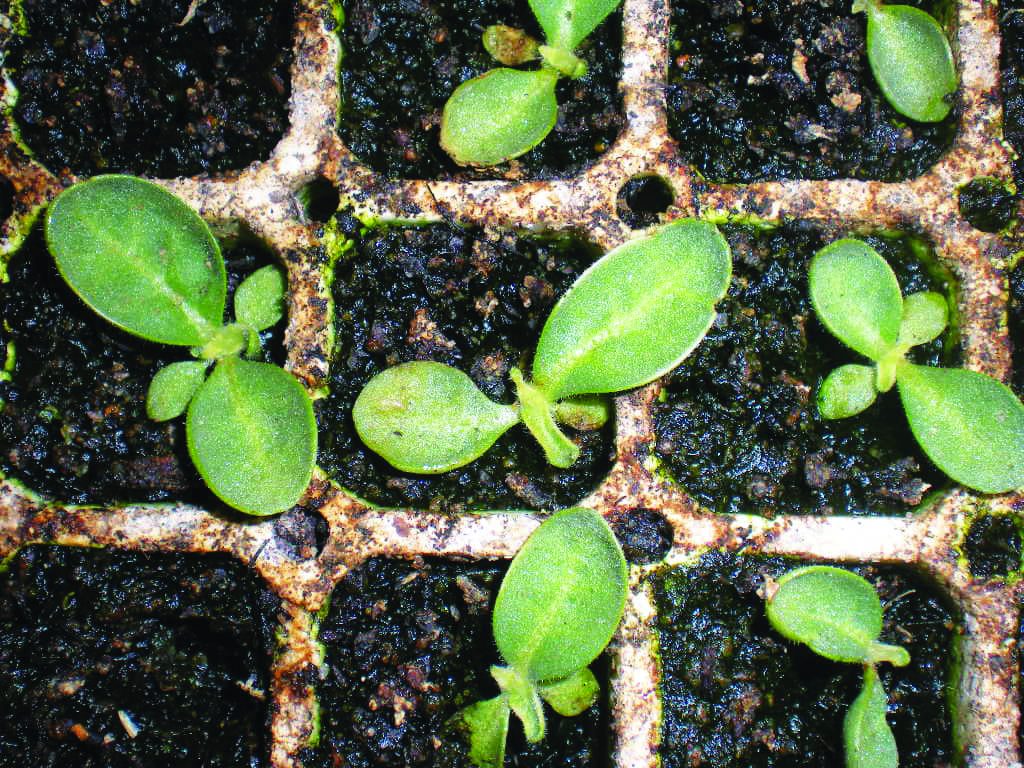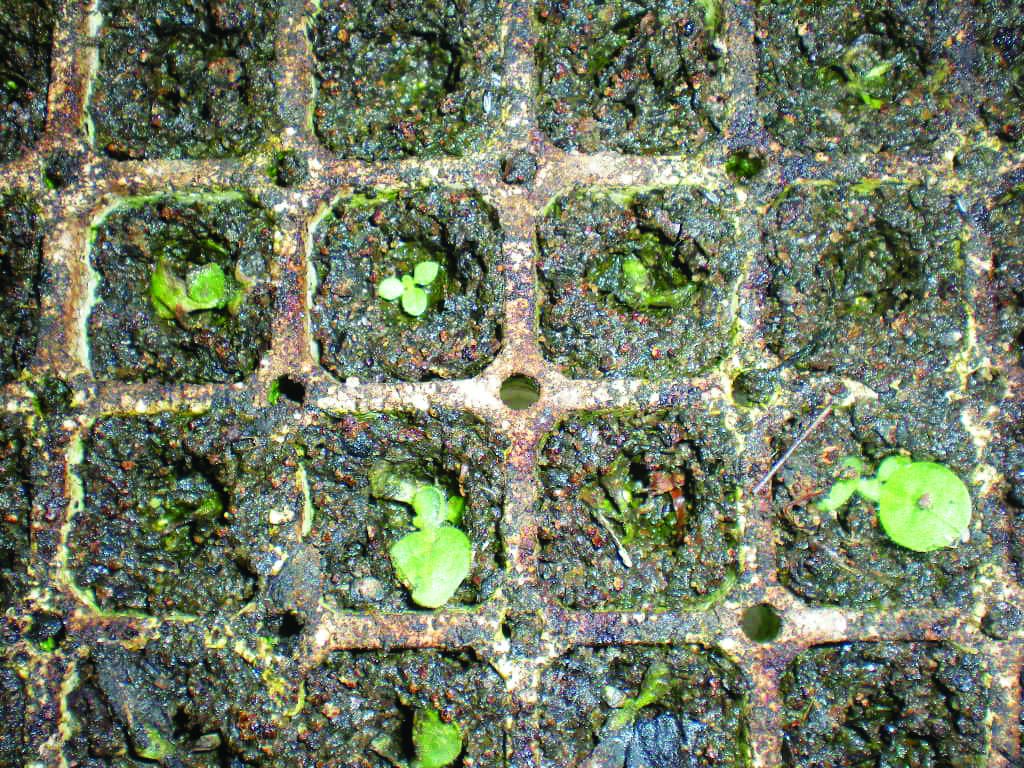Salt and Cold Injury
The thing about tobacco is that one season runs into the next and it’s not a crop for which you ever want to be caught playing catch up. Decisions and farm activities in February will be impacting your next crop a year later.
The 2017/2018 season was one of extremes. Who could have predicted the ferocity of the hail storms or the length of the mid season drought followed by so much rain in February and March? If it was your first farming season you would be happy to just get through it unscathed. But it’s time to chalk it up to experience and sow the new seedbeds. Your seedbed site should have been early ploughed and prepared to retain maximum moisture and effectively fenced. You may be changing to a different seedbed system. Either way, you should have been ready to sow your irrigated
seedbeds on one June especially if you are in a slow growing area.


Image by Dr. Susan Dimbi
You Will Reap What You Sow
Whether you grow conventional seedbeds, dibble your seed into beds or grow in float trays, the basics are the same. Take pride in your seedbed site – it is the arbiter of things to come. Shoddy seedbeds rarely, if ever, produce a stunning crop. Pay as much attention to the staff that work the site. Start with gumboots and overalls and insist that the hygiene station at the entrance is used EVERY time they enter the site. It’s not good having a small foot bath that can be stepped over or running out of soap and water. Keep tools clean and disinfected and, most importantly, put in the time and supervision.
A: immaculate seedbeds make for a great crop
Cold Injury to Seedlings
Cupping of the leaves is a sign of cold injury. Tuck seedlings up tight under plastic for early beds. Even when the days get warmer, there is still a chance of frost and cold nights in later beds. Mulch conventional beds or use nappy liner to protect seedlings at night against the cold.
B: cold injury – leaf cupping
Salt Injury to Seedlings
The danger of high salinity and salt injury increases as the days warm up and the July/August wind starts to blow. It is vital to keep water levels in the floatbeds topped up as evapotranspiration rates increase. Water and salts move from the float bed water through the seedling cells and through the growing medium. Excessive evaporation causes salt build up on the surface of the growing medium and high salinity salt Injury to seedlings. Leaves in contact with the salts on the medium surface will die. The plants will show leaf cupping, mottling, crinkling and thickening as well as distorted hearts. Further damage to seedlings can only be managed by overhead watering to wash off salts, cutting down evapotranspiration rates by covering seedlings with nappy liner or shade cloth and possibly delaying additional fertiliser applications.
C: salt injury – leaf thickening, cupping and mottling
D: salt injury – distorted hearts
E: salt injury – seedlings dying
Come and visit ZTSA at the ADMA 2018 show.

